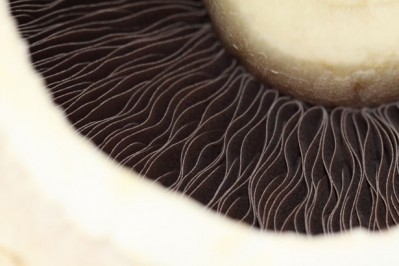Lupin flour can improve nutritional value of muffins, study finds

The study ‘Effect of lupin flour incorporation on the physical and sensory properties of muffins’ published in Quality Assurance and Safety of Crops & Foods said that substituting with lupin flour was cheaper than other natural protein and dietary fibre sources and could boost the nutritional value of muffins.
Sweet lupin is a grain legume grown in Australia, Europe and South America and contains high amounts of soluble and insoluble dietary fibre.
The research was conducted by Syed M Nasar-Abbas and Vijay Jayasena at Curtin University of Technology in Perth, Australia.
Boost nutritional profile
“Muffins are popular as breakfast or snacks in advanced nations but poor in nutritional value by having low protein and dietary fibre content,” said the study.
“By replacing wheat flour with lupin flour at 30% level in muffin formulation, substantial improvement in the protein and fibre contents can be achieved without affecting physical and sensory properties,” it said.
Cheaper
The researchers added that lupin flour was cheaper than other alternatives used to boost nutritional profiles such as flaxseed meal, oat bran and potato peel.
“Studies showed that the use of these kinds of dietary fibres resulted in poor-quality food products, including deterioration in appearance, flavour and texture,” they said.
“Substitution of sweet lupin flour would improve the nutritional value and quality of muffins at an economically affordable price,” they concluded.
Method and results
The researchers in the current study prepared muffins replacing wheat flour with lupin flour between 10% to 50% levels. The muffins were stored for seven days and compared with a control sample (a standard muffin recipe) for changes in physiochemical and sensory properties.
They found that muffins below 30% in lupin flour showed an improvement in colour and notice no significant effect on most textural parameters and no significant changes in taste, flavour and moisture.
However, they did note an increase in hardness and reduction in springiness, though similar changes were seen with the control sample.
Another study in Australia earlier this year found that an intake of flour with 40% lupin flour in place of conventional wholemeal flour could significantly reduce the risk of heart disease.
Source: Nasar-Abbas SM, Jayasena V (2012) ‘Effect of lupin flour incorporation on the physical and sensory properties of muffins’ Quality Assurance and Safety of Crops & Foods.























